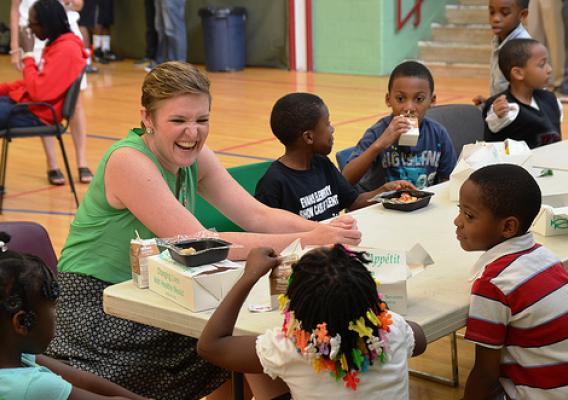With the political rhetoric finally over, there’s one inspiring message that everyone can agree with—our veterans already make America great every day. Every veteran who joined the military following the end of the draft in 1973 volunteered to serve our country. And they want to continue serving even after they packed away their uniforms.
During remarks delivered at Arlington Cemetery last year, the President noted that bringing veterans into the workforce shouldn’t necessarily reflect some moral obligation, charity or patriotism. Veterans, including those with disabilities, are simply good for business. Our veterans possess training, skills, leadership, and motivation ideally suited for public service. Following their commitment of service during one of the longest struggles in history, our veterans consistently reflect passion, resilience, and tenacity to get the job done. Their talents are seasoned by deployments, honed in many cases under the stress of combat, and forever shaped by an ethos dedicated to mission success.










